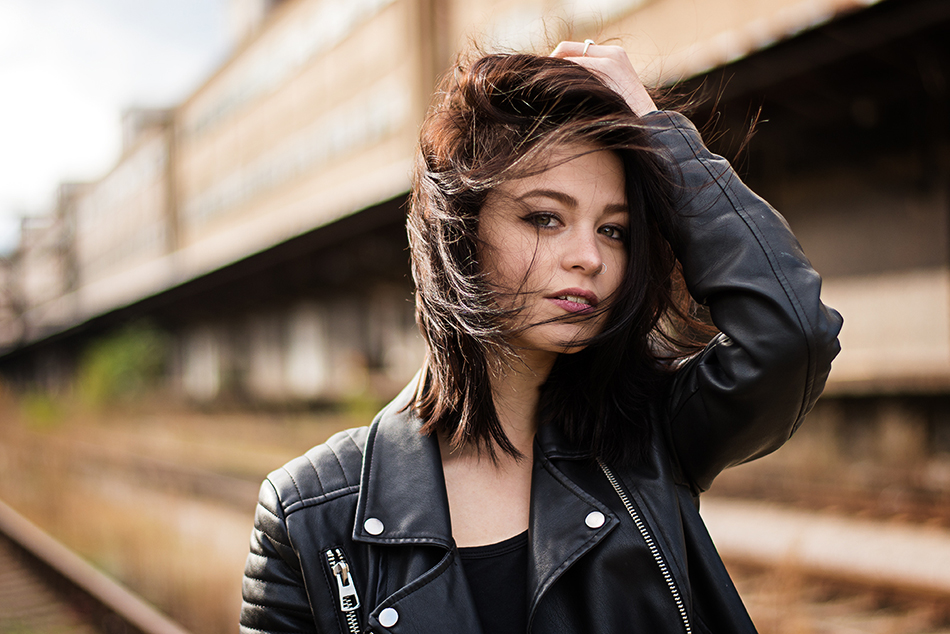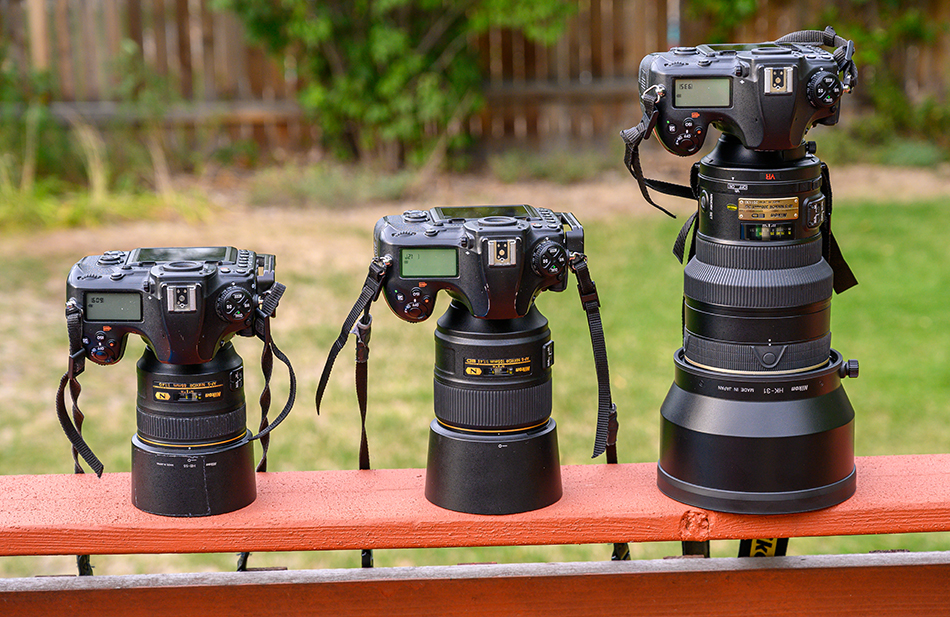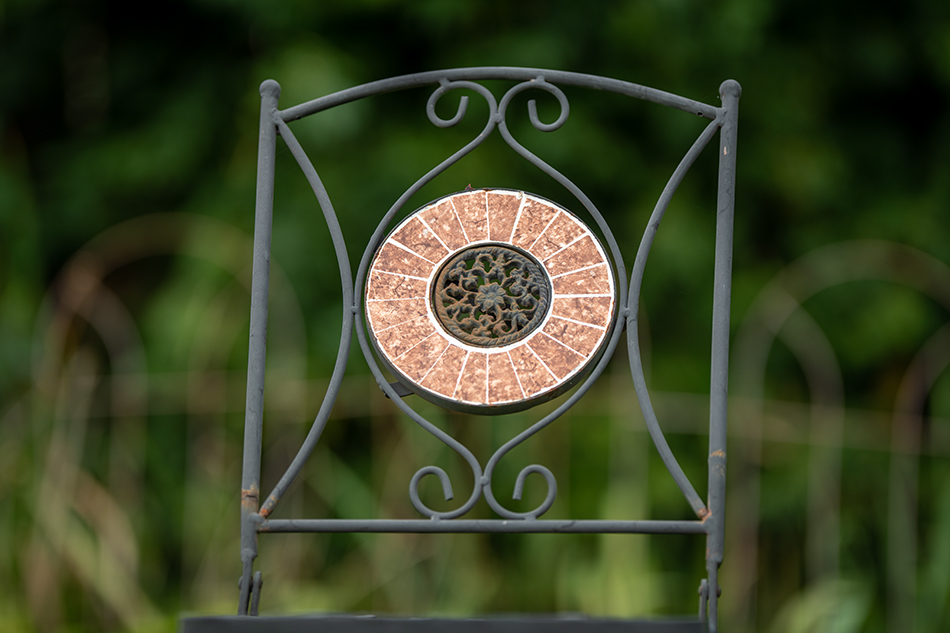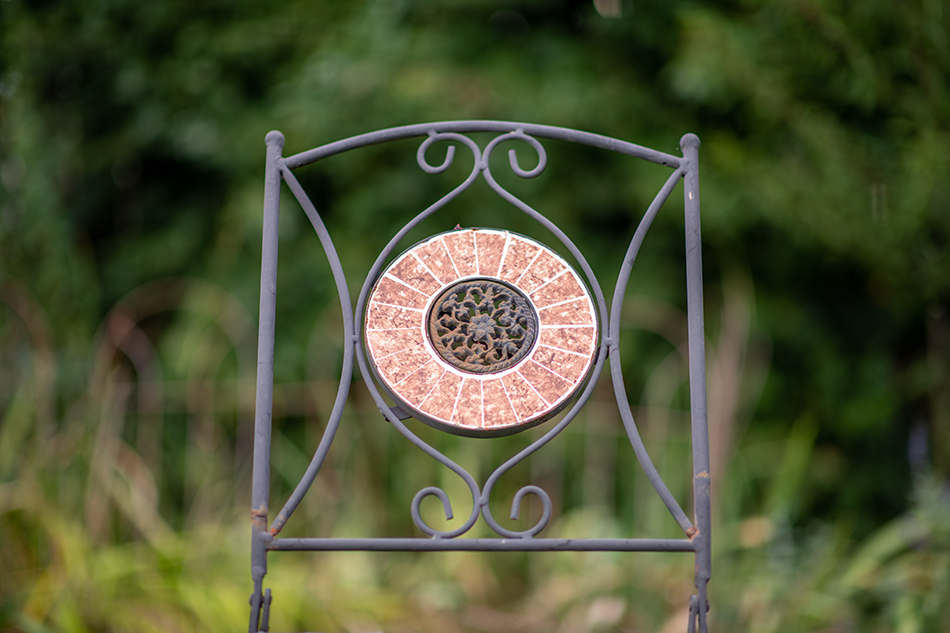
Okay, I’ll admit I am fixated on bokeh. Bokeh (however you like to pronounce it), refers to the quality of out of focus elements in your image. Why is this such a big deal? Because bokeh establishes mood and separation in an image. A background with beautiful bokeh almost looks like a painting. And place a portrait subject in front of this background, add a little light, and your image looks terrific. Bokeh is not limited to portraits. Why do sports and wildlife photographers love the 400 F2.8 and 600mm F4? Because the background just falls away in the shot, and the subject pops off the image.
Soft buttery smooth bokeh is produced by very wide apertures. A 600mm F4 lens will produce nice bokeh even at F4 due to the telephoto/compression effect of a 600mm lens. On shorter lenses F2.8 might produce some nice bokeh, but F2, 1.8 and 1.4 produce even smoother bokeh. When it comes to shorter portrait lenses, which one is the king of bokeh? I decided to find out.

I used three lenses in this test, all incredible lenses. I tested the 85mm F1.4, the 105mm F1.4 and the 200mm F2 all shot on D850s. All the lenses were Nikon glass. First, take a look at the size comparison above. The 85mm (left) and 105mm (middle) are close in size, while the 200 F2 is much bigger and heavier. All three lenses can be hand held, although the 200mm F2 is pretty big. On the other hand, the 200mm F2 is the only lens with VR.
For the first test I photographed a lawn chair from the same position with each lens. I used a tripod and simply switched out camera/lenses for each shot. Here is the difference in angle of view.

First was the 200mm F2.

Then I shot the 105mm F1.4

And finally I used the 85mm F1.4.
As you can see, the background coverage is very different between lenses, especially with the 200mm F2. If there is one lesson to learn here, this is it: if you want to clean up your background, walk to a different position and use a longer lens. I think we all forget to ‘zoom our feet’ these days.
Next up was bokeh comparisons. With the lenses all shot from the same position, the 200mm F2 easily wins. 200mm compresses a scene, and at F2, the background is very smooth and soft. But to further compare bokeh, I changed my position to make the subject approximately the same size in each frame. Here are the results.

First up was the 200mm F2.

Next was the 105mm F1.4

And finally the 85 F1.4.
To my eye, there is no question. The 200mm F2 is the king of bokeh! Which lens is the sharpest? According to Dxo Mark, the 200mm F2 is the most sharp, and one of the sharpest lenses Nikon makes. And as you would expect, the 200mm F2 is more than double the price of the other two lenses. Honestly, I kind of new this would be the result. But I wanted to do a test just to see. All three lenses are very sharp and produce beautiful bokeh. For travel I love the 85mm. For many assignments I use the 105mm. And if I have the time and really want to create stunning bokeh, I use the 200mm.